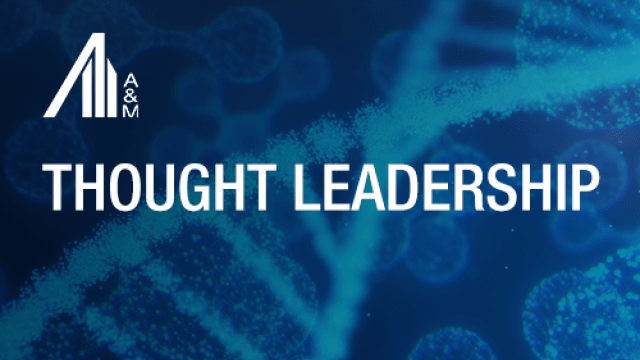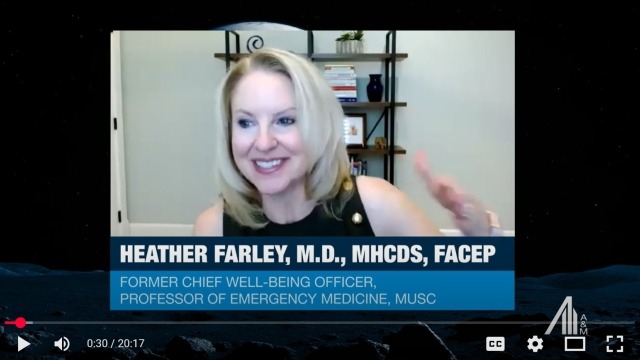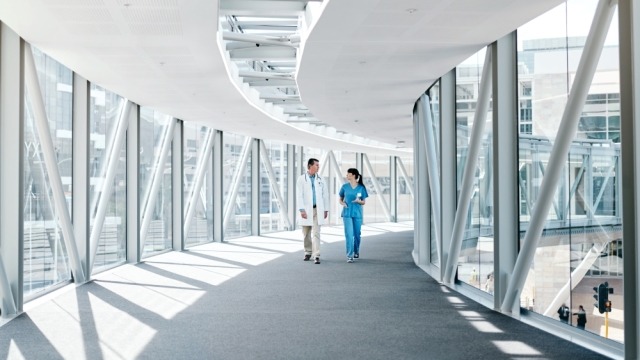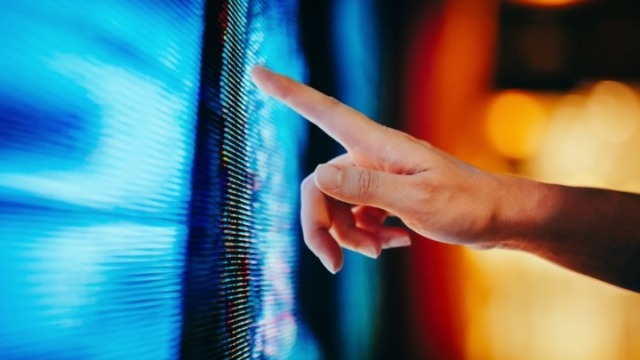Drug Inflation 'Unmasked' and Worrisome
U.S. spending on prescription drugs increased 13 percent in 2014, driven by new specialty products and significant price increases for many branded products. A leading antiviral medication for hepatitis C reported sales of $10.3 billion, with a full 12-week course of therapy reaching $84,000 per patient.1 The average price of one type of insulin has increased from $600 to $1,200 per vial in less than three years.2 Due to generic drug industry consolidation, many generic drug prices have also exploded. Costs for the generic antibiotic doxycycline have risen by 8,281 percent; asthma treatment albuterol, by 4,014 percent and anti-cholesterol medication pravastatin, by 573 percent.3
The pharmaceutical industry in America, unlike in other developed nations, continues to use direct-to-consumer advertising to promote its products, to introduce new (cancer) products without price controls or a requirement for the generation of relative cost-effectiveness data, and to lobby effectively to sustain its agenda.
Payers, employers and consumers will continue to be affected by skyrocketing drug costs. In this article, we highlight the issues and propose remedies.
Drug expenditures as reported by CMS were understated by 36 percent.
The Centers for Medicare & Medicaid Services (CMS) do not include hospital and specialty drugs subject to medical claims (J-codes) in gross drug spending calculations. As a result, the vast majority of healthcare professionals are unaware that actual prescription drug spending far exceeds CMS reported expenditures. Also, through 2023, CMS reports drug spending as a percent of National Health Expenditures is forecast to remain relatively constant at 9.4 percent.4 The reality is far different; drug spending is estimated to increase at a greater rate than any other sector within healthcare and to represent 20.1 percent of national health expenditures by 2023.5
READ THE FULL ARTICLE
Drug Inflation "Unmasked" and Worrisome (pdf)




